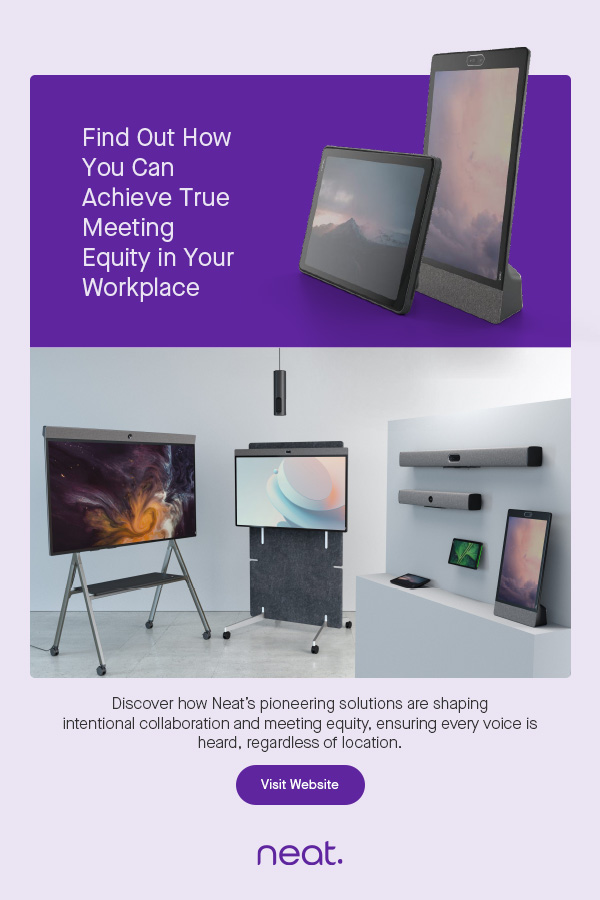Robin Eckermann, an adjunct professor at Canberra University and one of the people behind the TransACT network, told iTWire in response to queries that any write-down would need a restructuring of the wholesale pricing model as well.
"For example, [there could be] elimination of the artificial CVC bottleneck on performance, establishment of 50Mbps as the minimum speed and, perhaps, introduction of traffic quotas on low-priced 'entry-level' plans to ensure that high-speed fixed broadband is available to most Australians," he said.
The first step, Eckermann pointed out, needed no re-engineering, but rather the ministerial pen. "The network revenue foregone would be more than offset by the broader socio-economic and environmental benefits to Australia across every sector (health, education etc)," he said.
|
|
In the case of FttDP, the length of copper that forms the last bit of the connection is typically less than 40 metres. In the case of FttN, the lead-in copper cable can be even a kilometre.
Said Eckermann: "Contrary to the views of some, the NBN is not a 'train wreck'. It is not 'unusable' – just ask the many Australians already using it quite happily. However, changes are needed going forward if the original vision and associated benefits are ever to be fully realised."
He refused to back the opinions of "experts who attribute all NBN problems to the adoption of additional last-mile technologies - notably FttN. In my view, their positions are more ideologically and politically-based than well-founded in facts or real-world experience. Their extreme and emotional claims contribute little to navigating a sound way forward with the NBN".
Eckermann said there was not a soul who would deny that FttP offered the ultimate in fixed-broadband connectivity. But, he added, the high cost of taking new cabling into homes was generally under-estimated.
"Costs are what they are, and arguments that they should be reducing at a faster rate are less convincing than real-world data," he said. "FttN can deliver 100Mbps performance for users located sufficiently close to the node, but according to NBN Co, about a third of the lines are not capable of 50 Mbps. In due course, these areas of the network will need upgrading – and the cost will undoubtedly be greater than if fibre had been taken deeper into the network from the outset."
He took aims at recent claims over speed on the Australian network , saying, "Most recently, NBN detractors seized upon Australia’s lagging national average fixed broadband download speedtest result as 'proof' of the shortcomings of FttN".
"The logic was sadly flawed! The speedtest results are based on a broad sample and, as of the latest weekly progress report, less than five million NBN services had been activated against an eventual population of some 12 million premises due to have access to the network. The figure is, therefore, not a meaningful reflection of NBN performance."
Eckermann said in looking just at the NBN, the end-user’s self-selection of the lower 12Mbps and 25Mbps speed tiers was inevitably going to drag down average performance.
"It is true that a small proportion of FttN users may be selecting these speeds because their lines are not capable of higher speeds," he said. "However, this does not account for the vastly larger number of users who have access to higher speeds (including users on FttP connections) but who are still choosing 12Mbps or 25 Mbps services! It is hard to escape the conclusion that pricing and affordability isn’t a factor in their choices."
He said, in his opinion it was possible to estimate an average download speedtest result on the NBN by taking a weighted average across the different speed tiers (12/25/50/100 Mbps) – "the result is around 35Mbps. However, using information disclosed by NBN Co on the performance of FttN lines, it is also possible to estimate the average download speedtest result that would be achieved if all lines across all technologies were allowed to run at their full potential. The result is about double!"
Eckermann also took aim at another claim: that NBN Co would fail to achieve its revenue targets because of adopting the multi-technology mix "and, in particular, that bogeyman of technologies, FttN".
"Presumably the inference is that there is overwhelming demand for speeds that only FttP can deliver – so NBN Co is missing the opportunity to sell heaps more high-speed services at premium prices. The fact that so many people who already have access to such speeds are still opting for 12/25 or 50Mbps highlights the invalidity of this claim."












































